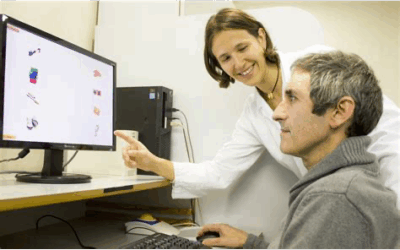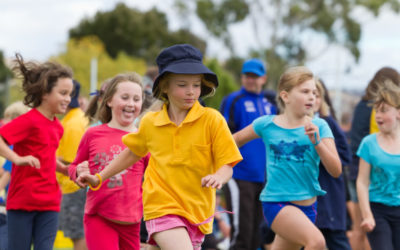
Business and executives in those businesses are more than keen to get a competitive advantage. To this end they invest heavily in technology and getting the right people to do the job.
But, I am sure, we are all more than aware that the work environment is also crucial to high performance. And this study, just out, gives an interesting take from a large dataset on this. The researchers around Alexander McKay at Virginia Commonwealth University analysed data from 11,000 surveys of employees sharing everyday work experiences and rated these into factors that stimulate or inhibit creativity. Creativity being a key metric to getting a competitive advantage for businesses.
What did they find?
Analysing the data showed that they could categorise the types of days that employees had into five categories:
-
-
- Toxic days: these are days that are high in conflict, obstacles and are missing stimulant factors. Fortunately, “only” 8% of days.
- Disengaged days: these are das that are low in all factors and represent disengagement and make up about 10% of days.
- Typical days: these are days that are well, average, a moderate amount of stimulance but also obstacles. These account, unsurprisingly for the majority of days. About 34% of days.
- Ideal days: these are the days we should probably aspire to with high stimulant factors but low obstacles and conflict. Notably they still had time pressure. These make up about 30% of workdays (which ain’t too bad actually).
- Crises days: these are days that are high in stimulant factors but also high in obstacle factors which seem to be around “good” conflict and wrestling with key problems. These make up about 20% of days.
-
So, in a hypothetical week, employees are in a bad place for half a day, disengaged for another half, in typical work mode for 1.5 days, in optimal work mode for 1.5 days, and spend 1 day in crises mode.
The next question is are these positive days actually better for creativity?
And this was a resounding yes. Those days which are ideal days rated much higher on creativity output but they also note that workers’ perceived creativity and productivity may actually be mismatched. The data for example shows that crises days are not as creative as workers rate them. Another note is that these days don’t average out as I did above nicely mixed up over a week. They tend to occur concurrently, so a toxic day is more likely to follow another toxic day. This can increase stress significantly – this shows that there can be a tendency to get in a rut – a positive one, or a negative one.
This also means it is important to try to manage this proactively.
This is therefore another piece of impressive and solid evidence as to why helping workers to have a good day at work will reap dividends for any business.
So what’s stopping you or your business making this happen?

Andy Habermacher
Andy is author of leading brains Review, Neuroleadership, and multiple other books. He has been intensively involved in writing and research into neuroleadership and is considered one of Europe’s leading experts. He is also a well-known public speaker speaking on the brain and human behaviour.
Andy is also a masters athlete (middle distance running) and competes regularly at international competitions (and holds a few national records in his age category).
Reference
Alexander S. McKay, Mayoor Mohan, Christopher S. Reina.
Another day, another chance: Daily workplace experiences and their impact on creativity.
Journal of Product Innovation Management, 2021; 39 (3): 292
DOI: 10.1111/jpim.12573
More Quick Hits
Engaging Leadership Boosts Employee Engagement, and Team Effectiveness, and Resilience
Quick HitsDaily brief research updates from the cognitive sciences paper just out has looked again at leadership style and impacts on employee engagement and also various team effectiveness measures. Greta Mazzetti of the University of Bologna,...
When Cognitive Games Do Make You Smarter
Quick HitsDaily brief research updates from the cognitive sciences ognitive games have been around for many years now – the first wave of popularity came with Nintendo’s “brain jogging” almost two decades ago now. These games have claimed that they...
How Walking Makes Some People “Super Taskers”
Quick HitsDaily brief research updates from the cognitive sciences hose of you who have followed my writing will know that I have reported regularly on the amazing benefits of exercise and walking on the brain, body, and cognition. However, though...
Older People are Better at Responding to Distress
Quick HitsDaily brief research updates from the cognitive sciences e may have some cliched ideas of older people like the grumpy or angry old man, or woman (but it is often a man). However, research continually shows the opposite. Namely that...
Guided Play Highly Effective for Learning in Children
Quick HitsDaily brief research updates from the cognitive sciences ood news for some and bad news for traditionalists in education. Some believe that starting education early and using classical and traditional learning activities is the best way...
Childhood Fitness Improves Mid-Life Cognition
Quick HitsDaily brief research updates from the cognitive sciences always find these long-term studies fascinating. Imagine launching study and not knowing what the outcomes will be for another 30 years! This is precisely what this study did. It...






